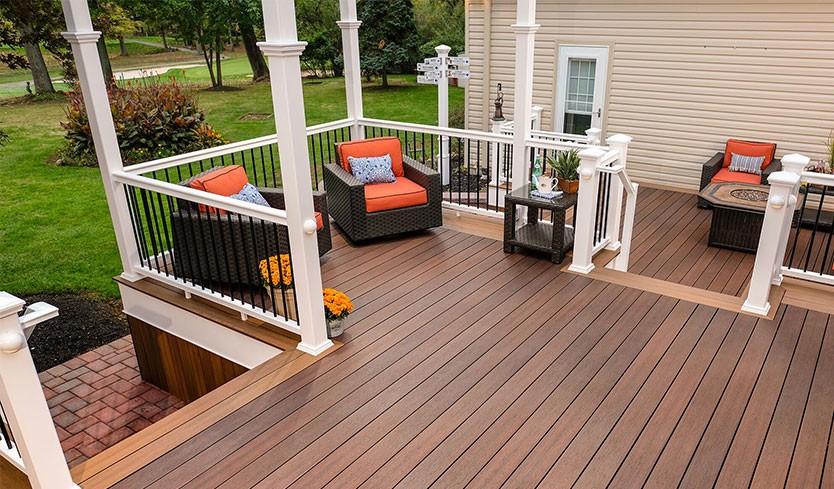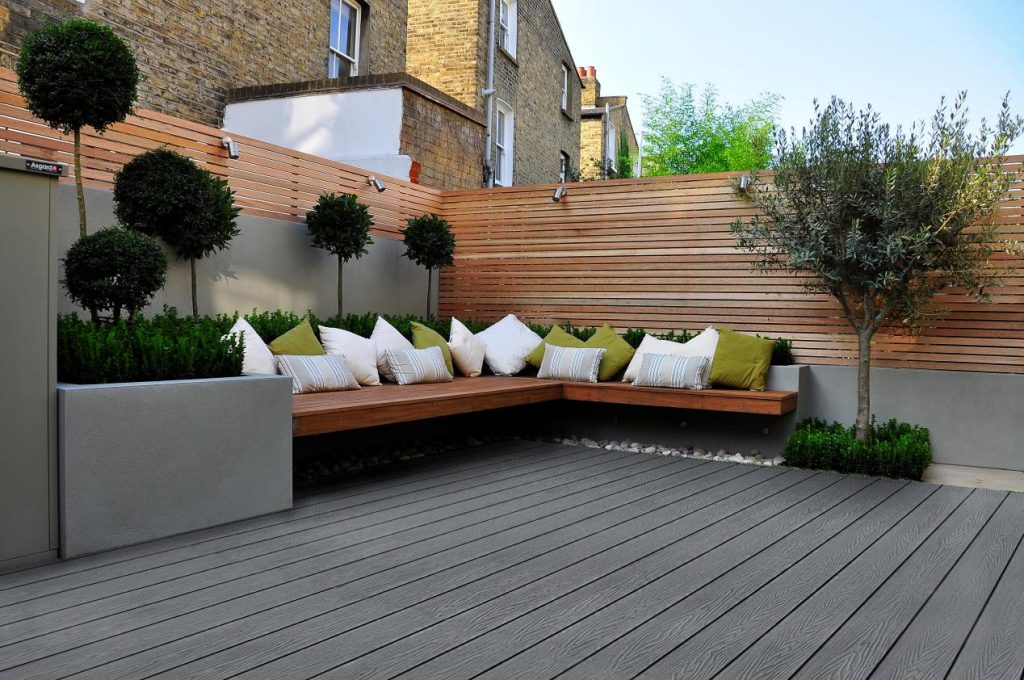In recent years, the construction and architectural industries have witnessed a significant shift toward sustainable, low-maintenance, and visually appealing materials. Among these innovations, wood plastic composite exterior wall cladding has emerged as one of the most popular choices for both residential and commercial projects. Combining the aesthetics of wood with the resilience of plastic, this modern cladding solution offers a harmonious blend of nature-inspired design and long-term durability.
Table of Contents
In this comprehensive article, we will explore everything you need to know about wood plastic composite exterior wall cladding — from its benefits and design options to installation tips and market trends.
What is Wood Plastic Composite Exterior Wall Cladding?
Wood plastic composite (WPC) is a hybrid material made from a mix of natural wood fibers (such as bamboo, sawdust, or wood flour) and thermoplastics like polyethylene, polypropylene, or PVC. When used as exterior wall cladding, WPC panels provide a strong, weather-resistant skin to a building, protecting the internal structure while enhancing the façade’s aesthetic appeal.
Wood plastic composite exterior wall cladding is designed to mimic the appearance of real timber, with grain patterns, textures, and natural colors, while overcoming many of the shortcomings of solid wood, such as rot, insect damage, and constant maintenance.
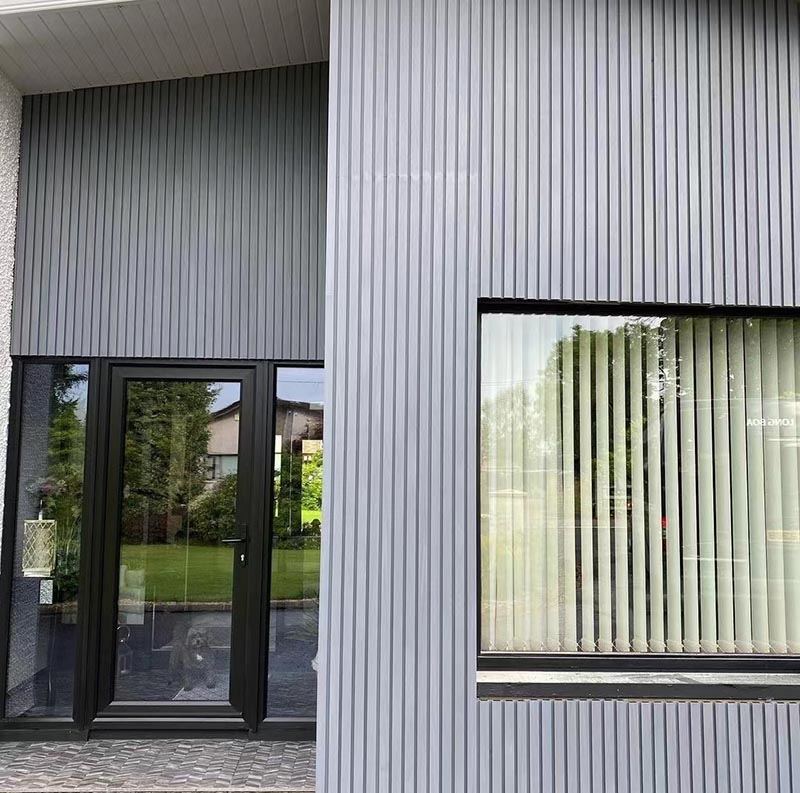
Benefits of Wood Plastic Composite Exterior Wall Cladding
WPC cladding has gained popularity due to a wide range of advantages that make it ideal for exterior applications. Here are some key benefits:
2.1. Weather Resistance
One of the primary reasons architects and builders choose wood plastic composite exterior wall cladding is its ability to withstand harsh weather conditions. Whether it’s intense sunlight, heavy rain, humidity, or frost, WPC retains its shape, color, and strength over time without warping or splitting.
2.2. Low Maintenance
Unlike traditional wood siding, which requires regular painting, sealing, or staining, WPC cladding needs minimal upkeep. Occasional cleaning with water and mild soap is usually sufficient to keep the surface looking new.
2.3. Eco-Friendly Material
Many WPC products are made using recycled plastics and sustainably sourced wood fibers, making them an environmentally responsible choice. They are also fully recyclable at the end of their life cycle.
2.4. Aesthetic Flexibility
WPC wall cladding comes in various colors, textures, and styles, including woodgrain, matte, or embossed finishes. This allows for high design flexibility, enabling architects to create unique, modern façades that stand out.
2.5. Long Lifespan
WPC cladding can last for decades with minimal signs of wear and tear. Its composite structure resists cracking, fading, and mold growth, ensuring the building maintains a fresh and clean appearance.
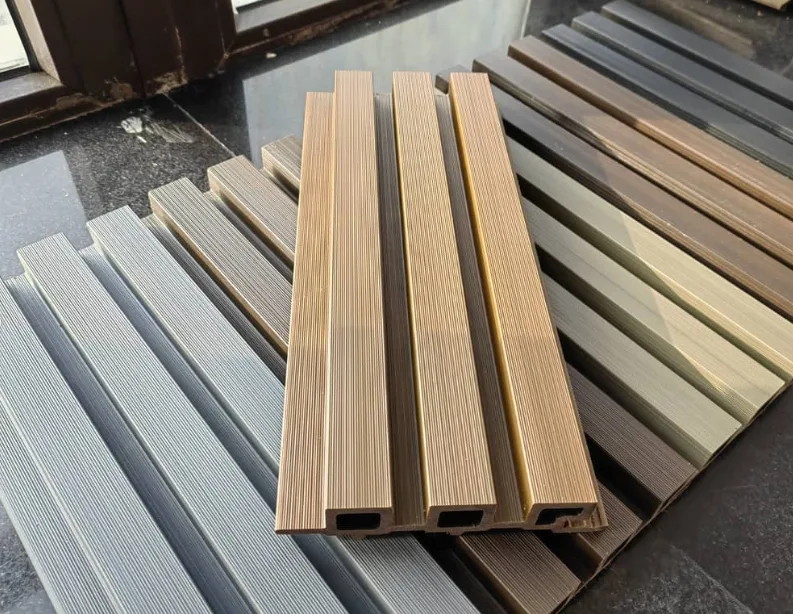
Types of Wood Plastic Composite Cladding
There are various types of wood plastic composite exterior wall cladding available in the market, each designed for specific architectural and functional needs:
3.1. Hollow vs. Solid WPC Cladding
Hollow WPC Panels: Lightweight and cost-effective, ideal for low-load applications.
Solid WPC Panels: Heavier and more durable, suitable for high-impact or high-rise building exteriors.
3.2. Co-extruded WPC Cladding
Co-extrusion involves adding a protective polymer layer to the surface of the cladding during manufacturing. This outer layer offers extra protection against UV radiation, moisture, and color fading. Co-extruded cladding is a premium choice for demanding environments.
3.3. Embossed & 3D Surface Cladding
Modern wood plastic composite exterior wall cladding often features embossed or 3D textures that resemble natural wood grain more authentically. These surfaces not only enhance visual appeal but also improve slip resistance and tactile feel.
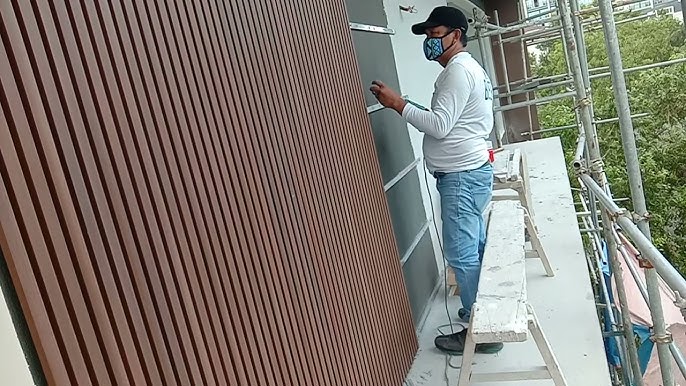
Color Options for Wood Plastic Composite Exterior Wall Cladding
One of the defining features of wood plastic composite exterior wall cladding is its broad range of color choices. Unlike natural wood, which typically requires staining or painting to achieve different tones, WPC cladding is manufactured in a variety of pre-colored finishes. This allows homeowners, designers, and architects to select the perfect color tone that complements the overall architecture, landscape, and aesthetic vision of a building.
Modern production techniques enable manufacturers to create color tones that resemble everything from freshly cut timber to deep charcoals and weathered grey planks. Some finishes also incorporate multi-tonal grain effects or dual-color streaks to simulate the richness of natural wood. In addition, co-extruded WPC panels can offer improved color retention, ensuring that the façade maintains its vibrancy for years without fading from UV exposure.
Here’s an overview of popular color options and their typical design impact:
| Color Name | Style Influence | Visual Effect | Suggested Applications |
|---|---|---|---|
| Teak | Tropical, warm | Inviting, natural wood appearance | Garden walls, resort façades |
| Dark Brown | Classic, elegant | Rich and luxurious | Villas, traditional homes |
| Light Grey | Modern, minimalist | Clean and understated | Urban apartments, offices |
| Charcoal Black | Industrial, contemporary | Bold and dramatic | Commercial buildings, mixed-use developments |
| Redwood | Rustic, earthy | Vibrant yet grounded | Cottages, countryside properties |
| Oak | Neutral, versatile | Soft and natural-looking | Suburban homes, balconies |
| Sand Beige | Mediterranean, sunny | Warm and cheerful | Courtyards, coastal buildings |
These color options allow for complete design flexibility. Whether you want to match the surrounding environment or create bold contrast, wood plastic composite exterior wall cladding offers the palette and texture to bring your architectural vision to life. Additionally, many WPC products are available in matte, semi-gloss, or embossed finishes, further enhancing their realism and appeal.
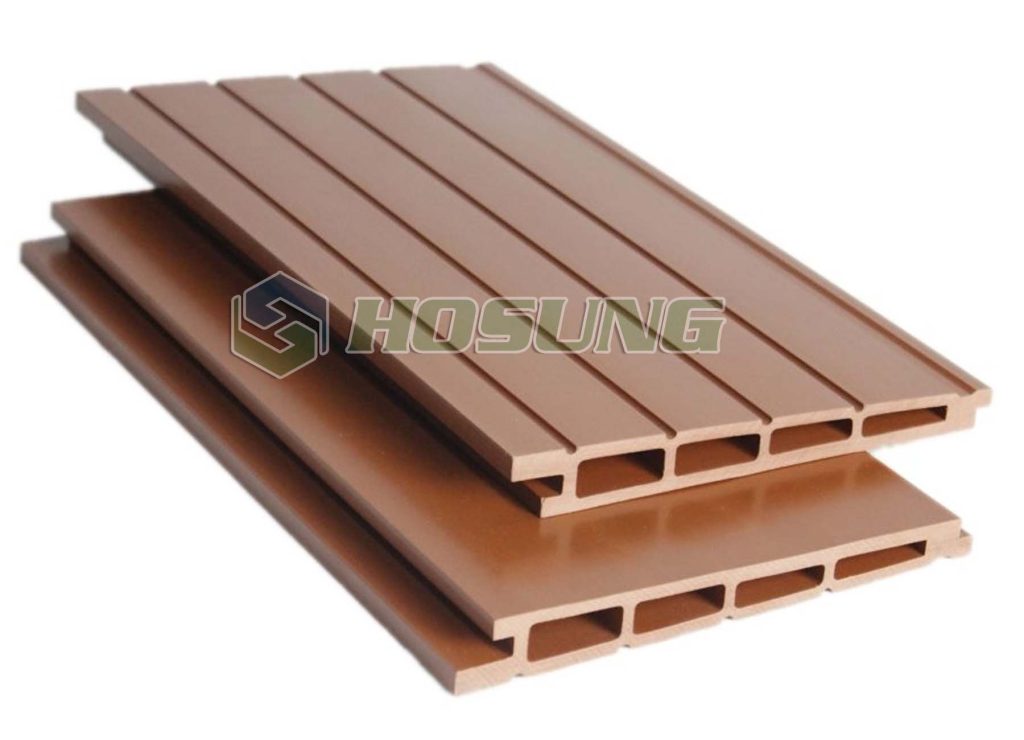
Application Areas
WPC wall cladding is a versatile product that can be used across multiple sectors and for different purposes:
| Application Type | Description |
|---|---|
| Residential Homes | Facades, balconies, garden walls, and patios |
| Commercial Buildings | Retail shopfronts, office buildings, warehouses |
| Public Infrastructure | Bus stations, schools, pavilions, community centers |
| Hospitality & Tourism | Hotels, resorts, cafés, and spa exteriors |
Whether it’s a modern minimalist home or a rustic lodge-style hotel, wood plastic composite exterior wall cladding can adapt to suit various design themes.
How to Install WPC Exterior Wall Cladding
Proper installation is key to ensuring the longevity and performance of WPC cladding. Here is an overview of the standard installation process:
5.1. Prepare the Substructure
Ensure the building wall is clean, level, and dry. Attach furring strips (usually made from aluminum or treated timber) vertically or horizontally depending on the cladding layout.
5.2. Ventilation Gap
Always maintain a ventilation gap between the wall and the WPC cladding to prevent moisture build-up and promote airflow.
5.3. Use Compatible Fasteners
Use stainless steel screws or hidden clips specially designed for WPC systems. These prevent corrosion and provide a clean, uniform finish.
5.4. Expansion Allowance
Like all materials, WPC expands and contracts slightly with temperature changes. Leave small gaps between boards as recommended by the manufacturer to accommodate this movement.
5.5. Finishing Touches
Add trims and corner profiles for a neat and professional look. Color-matched trims are widely available to match the cladding panels.
Comparing WPC Cladding with Other Cladding Materials
To better understand the unique position of wood plastic composite exterior wall cladding, it helps to compare it with other common façade materials:
| Feature | WPC Cladding | Wood | Fiber Cement | Vinyl |
|---|---|---|---|---|
| Weather Resistance | Excellent | Poor to Medium | Excellent | Good |
| Maintenance | Very Low | High | Medium | Low |
| Aesthetic Appearance | Natural wood-look | Authentic but fades | Industrial look | Artificial |
| Lifespan | 20–30 years | 10–15 years | 25+ years | 15–25 years |
| Eco-Friendliness | High (recyclable) | Variable | Medium | Low |
As seen above, WPC provides a compelling balance of performance, aesthetics, and sustainability.
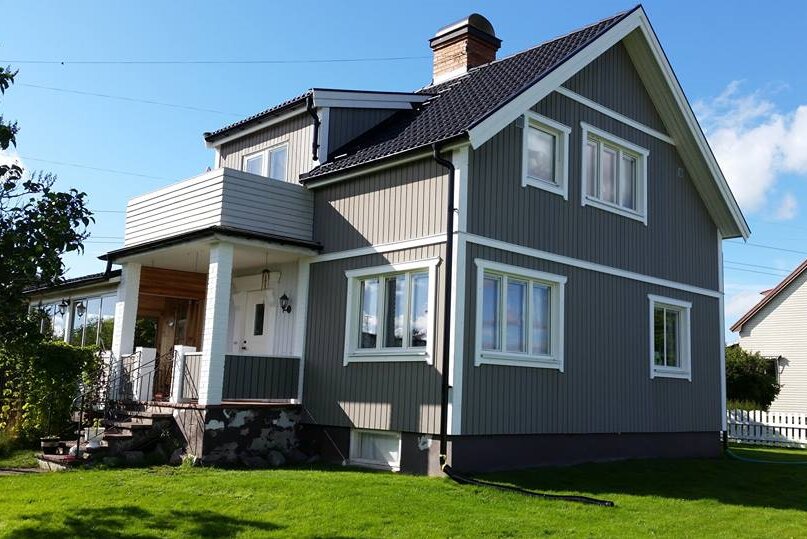
Design Trends in WPC Wall Cladding
7.1. Vertical Installation
While horizontal cladding remains classic, vertical installation is gaining traction in modern architecture. It creates the illusion of taller buildings and adds a sleek, linear appeal.
7.2. Mixed Materials
Many architects now mix wood plastic composite exterior wall cladding with stone, glass, or metal to create contrast and texture in façades.
7.3. Dark & Bold Colors
Dark tones such as charcoal, anthracite, and walnut are trending in contemporary design. These colors offer a striking appearance while remaining elegant and timeless.
7.4. Custom Profiles and Modular Panels
Beyond traditional slats, WPC is available in modular tile forms or custom profiles that simplify installation and allow for artistic patterns and asymmetrical designs.
Why Choose WPC Cladding from a Reliable Manufacturer
Choosing a reputable supplier for your wood plastic composite exterior wall cladding is just as important as choosing the material itself. Here’s what you should consider:
Raw Material Quality: Ensure the manufacturer uses high-quality recycled plastics and certified wood fibers.
UV and Fire Resistance Certification: Especially for high-rise or public buildings.
Warranty: Look for warranties of 10–25 years.
Installation Support: Some manufacturers provide technical guidance, installation tools, and training for contractors.
Environmental Compliance: Confirm whether the supplier follows environmental standards such as FSC or ISO14001.
Maintenance Tips for Long-Lasting WPC Wall Cladding
While WPC is low maintenance, a few routine practices can further extend its life:
Clean the surface with water or a mild detergent every few months to remove dust or mold.
Inspect fasteners annually to ensure none have loosened.
Avoid pressure washers above 100 bar to prevent surface damage.
Refrain from using harsh chemicals or solvents.
These simple steps can help maintain the vibrant look and integrity of your wood plastic composite exterior wall cladding for many years.
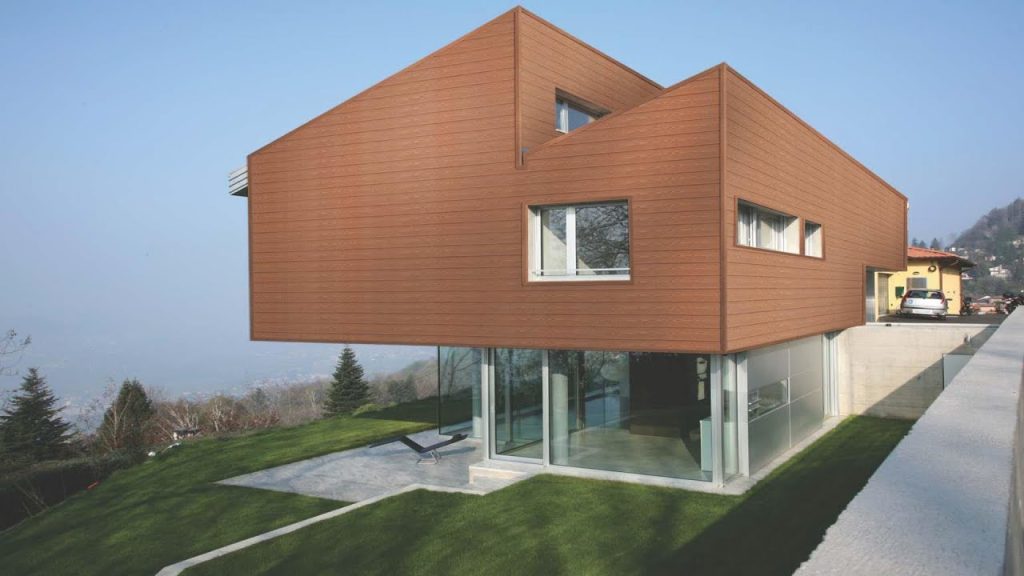
Future Outlook and Market Trends
The global demand for wood plastic composite exterior wall cladding continues to rise, driven by growing urbanization, environmental awareness, and innovations in composite material technology. Key trends include:
Increased Use in Prefabricated Construction: Lightweight, modular WPC panels are ideal for prefabricated and modular buildings.
Growth in Eco-Resorts and Green Buildings: Developers in hospitality and real estate are turning to sustainable materials like WPC to meet environmental certifications.
Innovation in Co-extrusion Technology: More advanced co-extruded surfaces now resist graffiti, scratching, and extreme weather better than ever before.
As consumers demand longer-lasting and greener building solutions, WPC will likely play a central role in façade design for years to come.
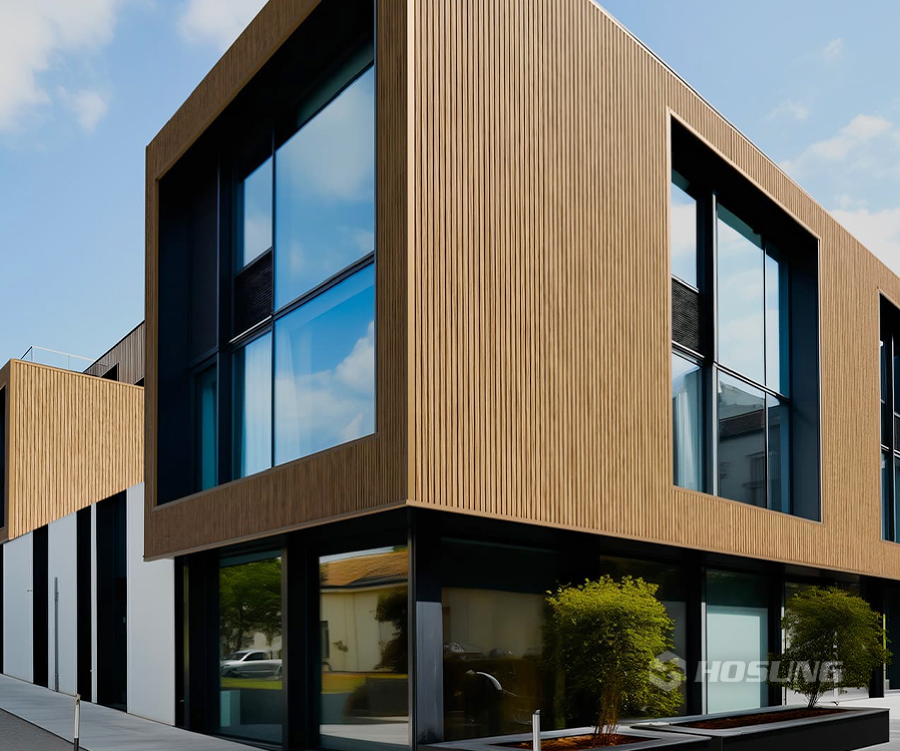
Conclusion
Wood plastic composite exterior wall cladding is much more than just an aesthetic upgrade for buildings — it’s a smart investment in durability, sustainability, and design flexibility. Whether you’re building a modern office façade, renovating a family home, or developing an eco-conscious resort, WPC wall cladding offers unmatched advantages in form and function.
By understanding its types, benefits, and installation techniques, you can confidently select a solution that not only elevates your property’s appearance but also reduces long-term maintenance and environmental impact.
If you’re planning your next exterior project and want to explore premium wood plastic composite exterior wall cladding options, consider contacting a trusted supplier or manufacturer with a strong reputation in composite materials.


